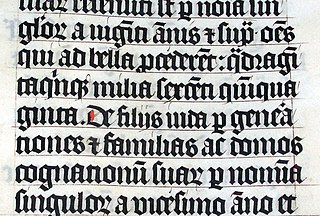
The Order of Orange-Nassau is a civil and military Dutch order of chivalry founded on 4 April 1892 by the Queen regent Emma, acting on behalf of her under-age daughter Queen Wilhelmina.
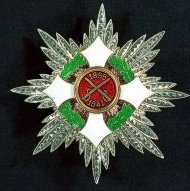
The Military Order of Italy is the highest military order of the Italian Republic and the former Kingdom of Italy. It was founded as the Military Order of Savoy, a national order by the King of Sardinia, Vittorio Emanuele I, Duke of Savoy in 1815. The order is awarded in five degrees for distinguished wartime conduct of units of the armed forces or individual personnel that has "proven expertise, a sense of responsibility and valour."

Through statutes of 30 January 1937, the German National Order for Art and Science was an award created by Adolf Hitler as a replacement for the Nobel Prize. The prize was to be awarded each year to three outstanding German citizens who would receive 100,000 Reichsmarks which could be equally divided. Along with the prize money the recipient also received a certificate with the Order.
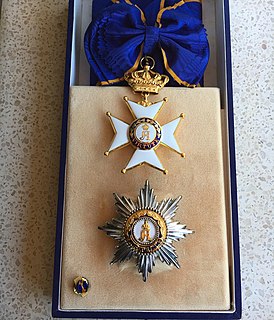
The Order of Civil and Military Merit of Adolph of Nassau is an order of merit of the Grand Duchy of Luxembourg for meritorious service to the Grand Duke, the Grand-Ducal House and Luxembourg. It was founded in 1858 as a chivalric order of the Duchy of Nassau by Adolphe of Nassau in honor of his namesake and ancestor, Adolf, Count of Nassau, the only member of the House of Nassau to have been Roman King of Germany. After the Duchy of Nassau was annexed by Prussia in 1866 and Adolphe became Grand Duke of Luxembourg in 1890, he revived the order as an order of merit.
The Distinguished Service Medal of the National People's Army, or "Medal of Merit of the National People's Army", was a medal issued in the German Democratic Republic (GDR).
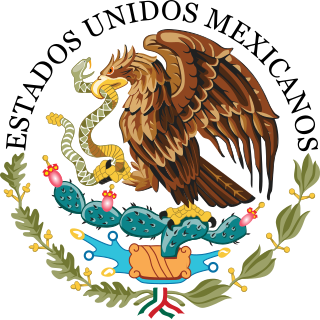
This is a list of military decorations awarded by the United Mexican States as part of the Mexican Honours System.

The Military Merit Medal was a military decoration of the Empire of Austria-Hungary. It was founded by Emperor Franz Joseph I on March 12, 1890. The Military Merit Medal is often referred to as the "Signum Laudis" after the inscription on the reverse of the medal.

The House and Merit Order of Duke Peter Frederick Louis or proper German Oldenburg House and Merit Order of Duke Peter Frederick Louis was a civil and military order of the Grand Duchy of Oldenburg, a member state of the German Empire. The order was founded by Grand Duke Augustus of Oldenburg on November 27, 1838, to honor his father, Peter Frederick Louis of Oldenburg. It became obsolete in 1918 after the abdication of the last grand duke.
Colombian military decorations date back as far as the founding of the country. An early decoration was the Cruz de Boyacá that was awarded to the generals who led their forces to victory in the Battle of Boyacá in 1819. This early decoration lives on today as an incarnation of the highest order presented by the Colombian state. There is one decoration higher, but it is only awarded for military conflicts in defence of Colombia. Other than military decorations, Colombia presents decorations on behalf of the National Government, decorations for the National Police, and decorations from the Congress of Colombia.
The honours system in the Republic of Austria is a means of rewarding individuals' personal achievement, or service to Austria by state decorations and medals.
The Medal of Military Merit is a military decoration of Greece. It was originally created in 1916 for wartime meritorious service, but post-World War II became a peace-time medal reserved for officers. After the abolition of the Greek monarchy in 1974, its design was slightly altered.
The Order of Cultural Merit is the fourth highest Order of the Principality of Monaco. The order was established by Rainier III, Prince of Monaco on 31 December 1952 by Sovereign Order 689. It is awarded to recognize those who have made a distinctive contribution to the arts, letters or science through their work or teaching in Monaco. It may also be awarded to recognize individuals in those areas who have extended the intellectual influence of the Principality, even from outside Monaco.

The Bavarian Maximilian Order for Science and Art was first established on 28 November 1853 by King Maximilian II von Bayern. It is awarded to acknowledge and reward excellent and outstanding achievements in the field of science and art. From 1933 onwards the order was no longer awarded, until 1980 when it was reinstated by the then Minister-President of the Free State of Bavaria Franz Josef Strauß. Munich jewellers Hemmerle have been responsible for making the medal since 1905.

The Austrian Imperial Order of the Iron Crown was one of the highest orders of merit of Austria and Austria-Hungary until 1918. It was re-established in 1815 by Emperor Franz I of Austria. The original Order of the Iron Crown had previously been an order of the Napoleonic Kingdom of Italy.

The Cross for Merit in War was a military decoration of the Duchy of Saxe-Meiningen established by Bernhard III, Duke of Saxe-Meiningen on 7 March 1915.
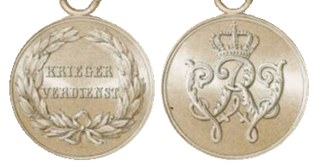
The Warrior Merit Medal German: Krieger-Verdienstmedaille) was a military decoration of Prussia. Established by Friedrich Wilhelm III, it was primarily awarded to troops not in Prussian service. The first recipients were members of the Imperial Guard grenadier company guarding the Russian imperial residence during Friedrich Whilhelm's visit to St. Petersburg in 1835.

The Military Honor Medal was a two-class military decoration awarded by the Kingdom of Prussia. The medal was awarded to military personnel from the rank of sergeant and below. Established in 1814, it replaced the Gold Military Merit Medal of 1806, with a medal in the shape of a cross silver cross for the 1st class while the Silver Military Medal of 1806 became the 2nd class with minor changes in design.

The National Order of Merit is a French order of merit with membership awarded by the President of the French Republic, founded on 3 December 1963 by President Charles de Gaulle. The reason for the order's establishment was twofold: to replace the large number of ministerial orders previously awarded by the ministries; and to create an award that can be awarded at a lower level than the Legion of Honour, which is generally reserved for French citizens. It comprises about 187,000 members worldwide.
The Austrian Armed Forces Operations Medal was established in 2001 to recognize operational service by the Military of Austria. The medal is 40 mm wide and round, suspended from a ribbon that varies depending on the type of operation.
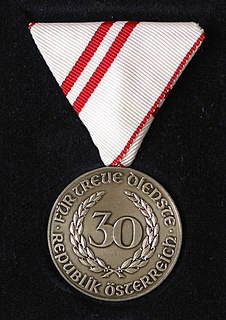
The Law Enforcement Merit Decoration is a state award of the Republic of Austria, established by federal law on December 1, 1985.


